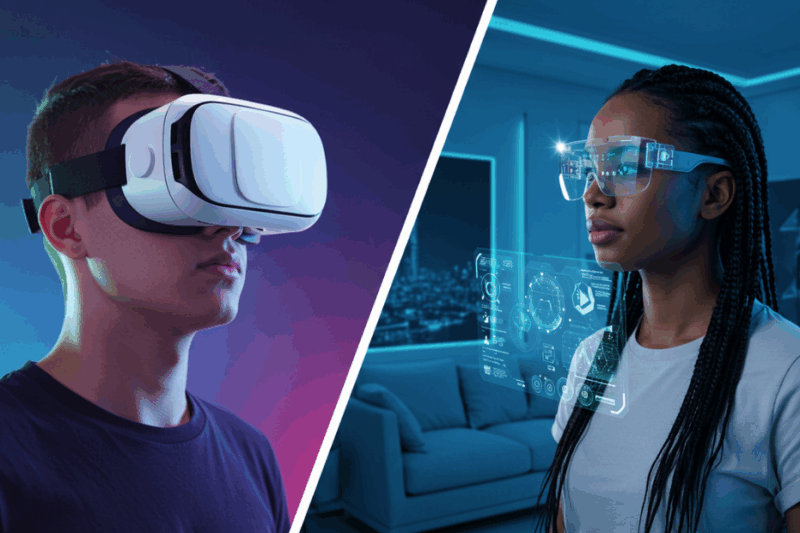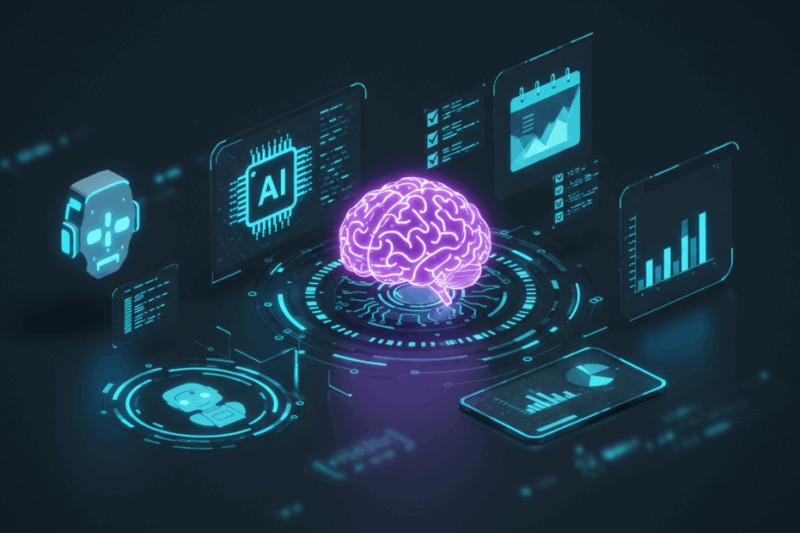Web3 is the next evolution of the internet, designed to be more decentralized, user-controlled, and secure than the current web (often called Web2). If you’ve ever wondered how the internet could work without big companies controlling your data or online experience, Web3 is the answer. In 2025, it’s gaining traction, and here’s a beginner-friendly breakdown of what it is, how it works, and why it matters.
What Is Web3?
Web3 is a vision for an internet powered by blockchain technology, where users have more control over their data, identity, and digital assets. Unlike Web2, where companies like Google, Meta, or Amazon store your data on their servers, Web3 uses decentralized networks. This means no single entity controls the system, and users interact directly with each other through secure, transparent protocols.
Think of it like this:
- Web1 (1990s–2000s): Read-only internet. You could browse websites, but interaction was limited (e.g., reading news articles).
- Web2 (2000s–present): Read-write internet. You can create content, post on social media, and shop online, but big companies control platforms and your data.
- Web3 (emerging now): Read-write-own internet. You control your data, digital assets (like NFTs or crypto), and how you interact online.

How Does Web3 Work?
Web3 relies on a few key technologies:
- Blockchain: A digital ledger that records transactions securely and transparently. It’s like a public notebook that everyone can see but no one can tamper with. Ethereum, Solana, and other blockchains are popular for Web3 apps.
- Cryptocurrencies: Digital money (like Bitcoin or Ether) used for payments or to power Web3 apps. They enable trustless transactions without banks.
- Smart Contracts: Self-executing agreements coded on blockchains. For example, a smart contract could automatically pay a freelancer once their work is verified.
- Decentralized Apps (dApps): Apps built on blockchains, like games, social networks, or marketplaces, that don’t rely on a central server.
- Digital Wallets: Tools like MetaMask that store your crypto, NFTs, and digital identity, letting you interact with Web3 platforms securely.
In Web3, instead of logging into a website with a Google account, you might connect a digital wallet. Instead of a company storing your data, it’s encrypted and controlled by you, often stored across a network of computers (nodes).
Why Does Web3 Matter in 2025?
Web3 is reshaping how we use the internet. Here are some reasons it’s exciting:
- Ownership: You own your data, digital collectibles (like NFTs), or even parts of platforms through tokens. For example, creators can sell art as NFTs directly to fans, bypassing middlemen.
- Privacy: Web3 reduces reliance on companies that collect and sell your data. You decide what to share.
- Financial Inclusion: With crypto and dApps, people without bank accounts can access financial services, like loans or savings, using just a smartphone.
- Decentralized Communities: Platforms like decentralized social media (e.g., Lens Protocol) let users govern rules, not CEOs.
Real-World Examples
- Finance: Apps like Uniswap let you trade cryptocurrencies without a bank or exchange.
- Gaming: Games like Axie Infinity reward players with crypto or NFTs for playing, which they can sell.
- Social Media: Platforms like Farcaster give users control over their posts and followers, free from centralized censorship.
- Art and Collectibles: Artists sell NFTs on marketplaces like OpenSea, keeping more profits than through traditional galleries.
Challenges of Web3
Web3 isn’t perfect. It’s still early, and there are hurdles:
- Complexity: Setting up a wallet or using dApps can feel technical for beginners.
- Cost: Blockchain transactions (like on Ethereum) can have high “gas fees.”
- Scams: The space is new, and fraudsters exploit newcomers with fake projects or phishing scams.
- Regulation: Governments are still figuring out how to regulate crypto and Web3, which creates uncertainty.
Getting Started with Web3
Want to explore Web3 in 2025? Here’s how:
- Get a Digital Wallet: Download MetaMask or Coinbase Wallet to store crypto and connect to dApps.
- Buy Some Crypto: Use exchanges like Coinbase or Binance to buy small amounts of Ether (ETH) or other tokens.
- Try a dApp: Experiment with a decentralized app, like trading on Uniswap or browsing NFTs on OpenSea.
- Learn Safely: Research projects before investing, and never share your wallet’s private keys.
Conclusion
Web3 is about putting power back in users’ hands, using blockchain to create a more open, fair, and secure internet. In 2025, it’s no longer just a concept—it’s powering real apps, from finance to gaming to social media. While it’s not without challenges, Web3 offers exciting possibilities for anyone ready to explore. Start small, stay curious, and dive into this new era of the internet!


